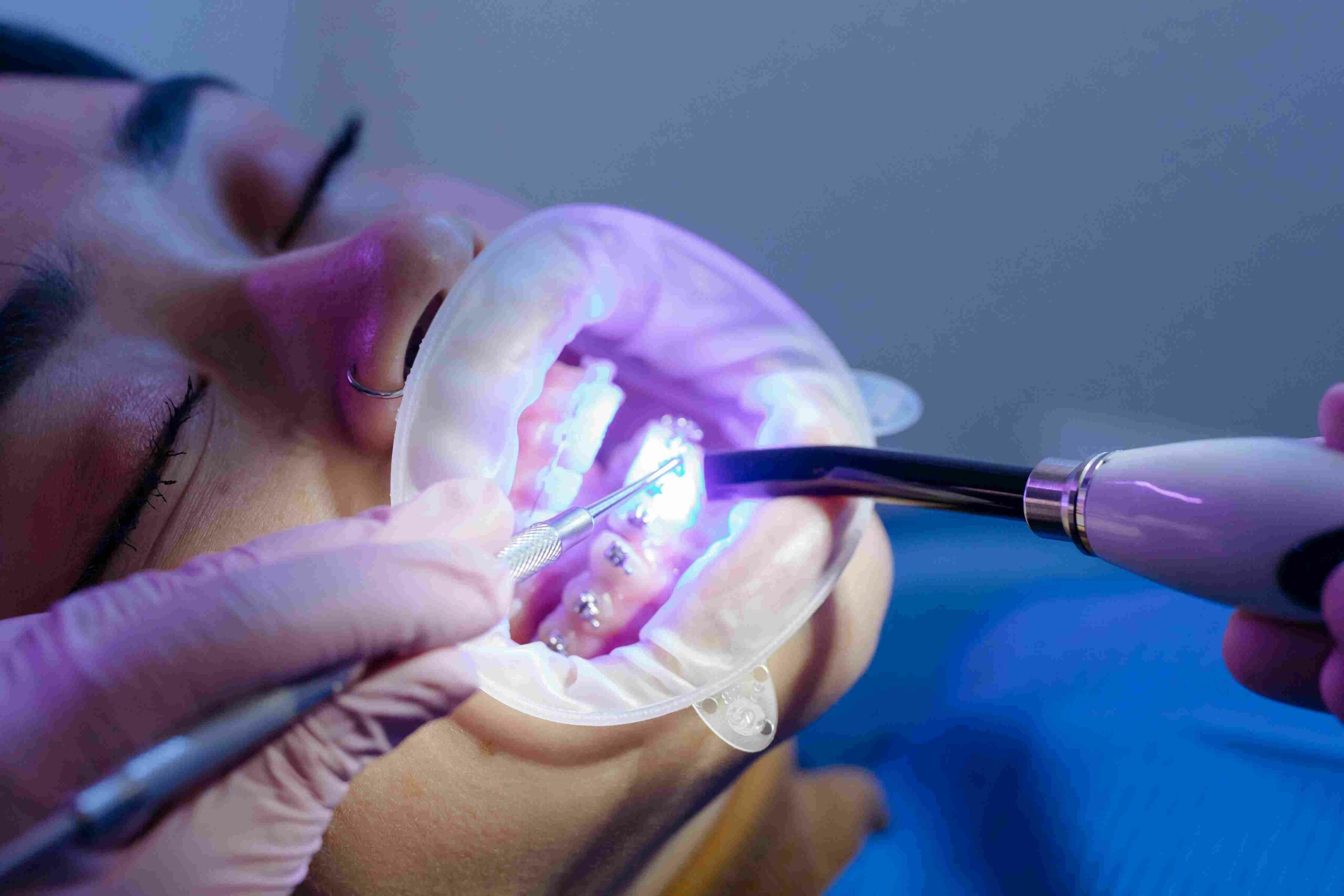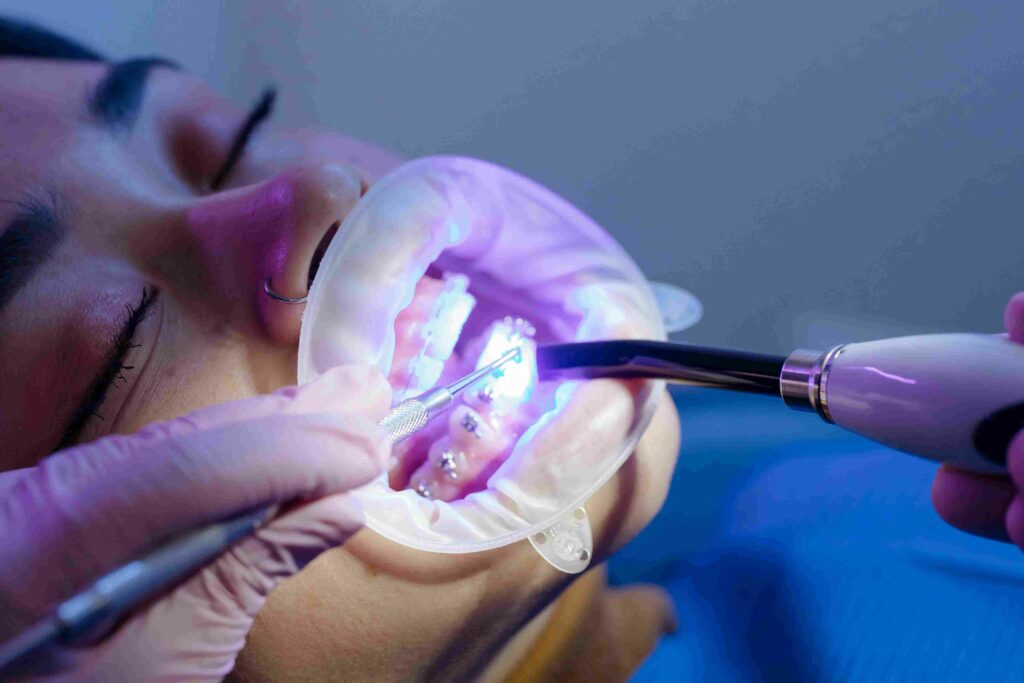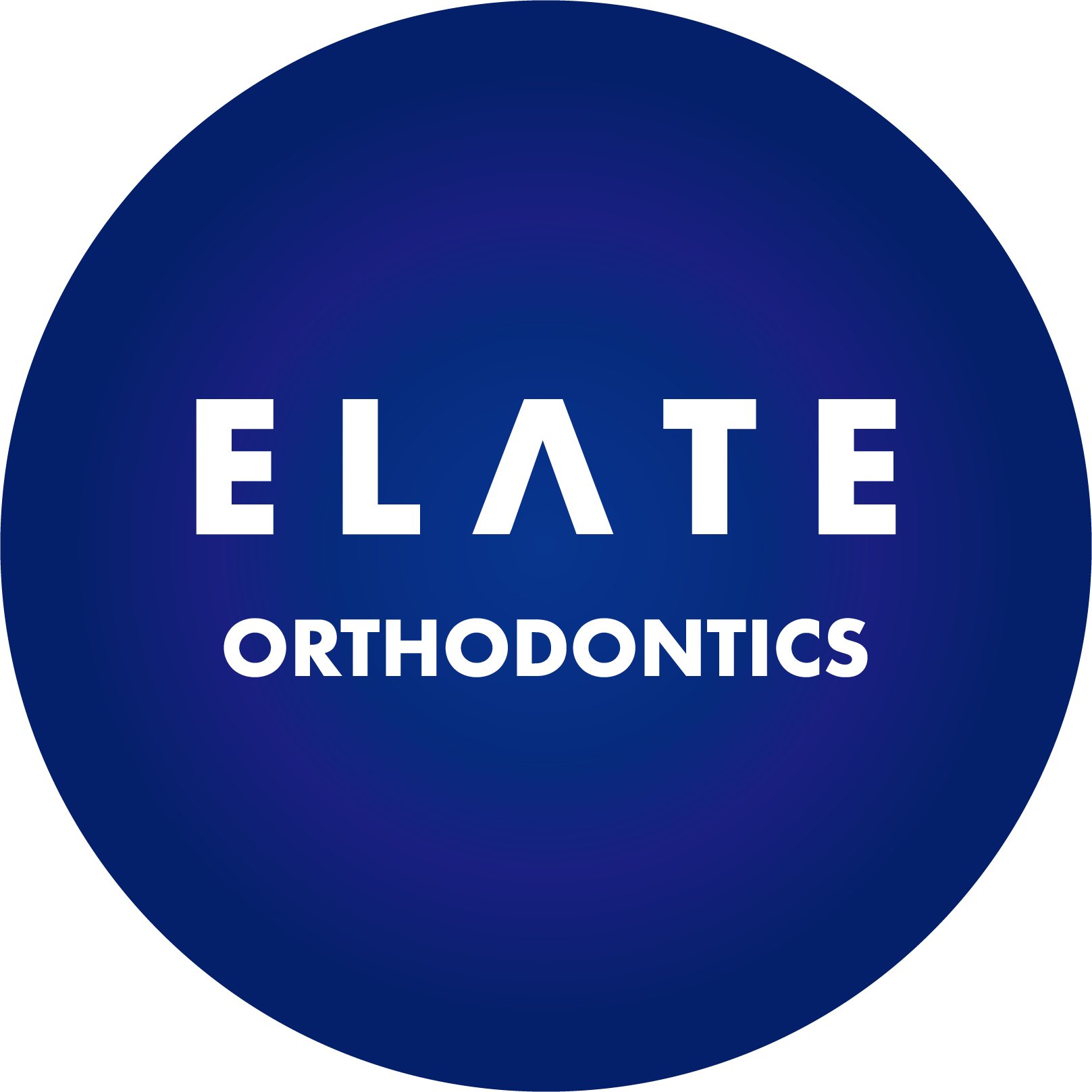
3D Printed Braces in 2025: What You Need to Know

✨ Introduction: The Buzz Around 3D Printed Braces
3D printed braces have become one of the most talked-about orthodontic trends in 2025. They promise fully customized brackets, faster treatment, and cutting-edge design—all made possible by digital scans and advanced materials. But are they really better? Can you print your own braces? And are they right for you?
At Elate Orthodontics, we’re proud to embrace technology—but we also believe nothing beats the precision of expert hands. Here’s everything you need to know about 3D printed braces—and why we don’t use them.
🔍 What Are 3D Printed Braces?
3D printed braces are orthodontic brackets that are custom-fabricated using 3D printing technology. Companies like LightForce Orthodontics use advanced digital scans of your teeth and bite to create bracket designs that match the shape and angle of each tooth. These are then 3D printed using durable, often ceramic materials and attached to the teeth using an indirect bonding tray.
The idea is simple: the more custom-fit your brackets are, the more efficient your treatment might be.
⚠️ Can You 3D Print Braces at Home?
Absolutely not. While you’ll find online searches like “how to make braces with a 3D printer” or “can you print Invisalign-style aligners”, it’s critical to understand that DIY dental appliances are dangerous. Braces and aligners apply force to teeth and bones—doing that without supervision can lead to permanent damage, tooth loss, gum recession, or TMJ issues. Only licensed professionals should be designing and placing orthodontic appliances.
✅ Benefits of Professionally Made 3D Printed Braces
- Custom Fit – Personalized bracket designs improve how brackets bond to each tooth.
- Increased Comfort – Low-profile designs can cause less irritation inside the lips and cheeks.
- Aesthetic Advantages – Clear ceramic materials are more discreet than traditional metal brackets.
- Fewer Adjustments – Indirect bonding and pre-programmed designs may reduce in-office adjustments.
These benefits apply only when treatment is supervised by a trained orthodontist using FDA-approved materials and regulated equipment.
😎 Why Elate Orthodontics Doesn’t Use 3D Printed Braces
At Elate Orthodontics, we don’t use LightForce or any other 3D printed braces. Why? Because we don’t need to.
Dr. Kevin Baharvand and Dr. Julia Kang have built a reputation for exceptional bracket placement by hand. Instead of outsourcing to a printer, we rely on real-world experience, biomechanics, and proven orthodontic planning. The result? Our patients often finish faster than expected, experience fewer emergencies, and enjoy healthier bite correction—without needing high-priced customization.
Explore our traditional braces options or learn how we customize treatment using Invisalign and clear aligners.
🆚 3D Printed Braces vs. Clear Aligners
Both are considered “invisible” or less-visible orthodontic options—but they work differently. 3D printed braces use fixed, ceramic brackets bonded to your teeth. Invisalign and Angel Aligners use removable plastic trays that gently guide your teeth over time.
If you’re trying to decide, here’s a helpful resource: Braces vs. Invisalign – What’s the Difference?
❓FAQ: 3D Printed Braces in 2025
Can I 3D print my own braces?
No—you should never attempt to 3D print your own braces at home. Orthodontic appliances apply controlled force to teeth and bones, and when done incorrectly, can cause serious long-term damage. There are cases of patients losing teeth, damaging nerves, or permanently altering their facial structure after trying DIY braces. Safe orthodontic treatment requires professional planning, licensed supervision, and medical-grade materials. Leave it to the experts.
What are 3D printed braces made of?
Most professional 3D printed braces—like those made by LightForce—are created from a ceramic polycrystalline alumina. This material is strong, biocompatible, and naturally tooth-colored, making it more discreet than traditional stainless steel brackets. It also holds up well under normal orthodontic forces. These braces are made in a controlled lab setting and undergo quality checks before being placed in the mouth.
Are 3D printed braces better than traditional braces?
It depends on what you value. 3D printed braces offer a custom fit, which can make them slightly more comfortable and efficient in some cases. However, the true success of treatment comes down to planning and execution. At Elate Orthodontics, we’ve seen that precise hand-placement of brackets by experienced doctors leads to excellent outcomes—without relying on expensive custom printing. If you’re being treated by an orthodontist who already has great results, you may not need the extra bells and whistles.
Are Invisalign braces 3D printed?
Yes! Invisalign and other clear aligner brands are created using 3D printing technology. After your orthodontist submits your digital scan, each aligner is fabricated using 3D printers in a specialized lab. While the material is not the same as bracket-based systems, the idea is similar: each tray is custom-made for your unique teeth and designed to move them gradually into the right position.
How much do 3D printed braces cost?
3D printed braces are typically more expensive than traditional braces. Most practices charge between $6,000 to $8,500, depending on your case complexity, treatment duration, and location. These brackets require a more involved lab process, which increases production costs. In contrast, traditional braces tend to be more affordable and widely covered by insurance plans.
🔗 Internal & External Links
- Braces at Elate Orthodontics
- Invisalign & Angel Aligners
- Braces vs. Invisalign
- External: LightForce Orthodontics
